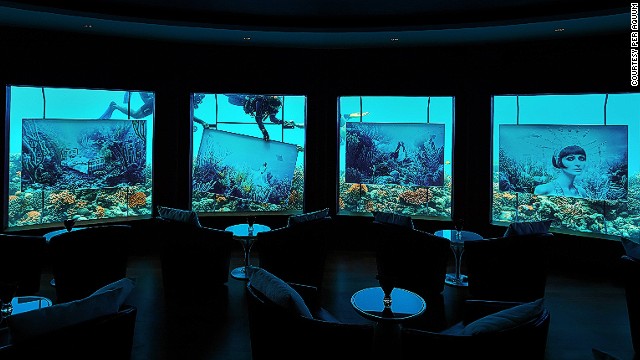Here's my Assignment 4. Yay for radial gradients!
In Assignment 4, we explored technology’s relationship to the
landscape. I realized as I was brainstorming for this project that almost
everything around me is technology. Buildings, cars, power lines, even the
genetically modified corn stubble in the field across the road, are all
technologies that dominate the view from my window. In many ways in my
day-to-day life, technology is the
landscape. I am so reliant on technology that very few aspects of my life would
even be possible without it. I kind of live in a bubble of technology, like a
tomato in a hoop tunnel.
For this project I took pictures of three
computer labs that I frequent around campus
-admittedly technology dense areas- and cut everything but objects
giving off light from the images. I had to be selective in what I chose to keep
in the pictures, because, as they were taken indoors, virtually everything they
contained was technology. I chose light-emitting things like computer screens to
keep in the images because I thought they would make a good representation of
technology as a whole. Overhead lights, computer monitors, small LED power
lights, and the screen of my cell phone are the only things I left in the
images.
My intention for this assignment was to demonstrate just how
much of our surroundings can be composed of technology and thereby show that technology can be the landscape. By removing everything
but the computer monitors and lights in the photographs, my intention was to
leave a landscape that was still recognizable. I hope that the result of this selective
cutting allows the viewer to recognize the content of the original pictures,
and demonstrates how much of a landscape can be made up of technology. Once I
had cut out the features of these three pictures, I realized that they provided
another kind of perspective as well. It is interesting to see the orderly structure
of the monitors and lights lined up in rows from the walls to the ceiling, and
the depth of the space in the images that they reveal through the perspectives of their standard rectangular
shape.
I think that part of someone else’s work on this assignment is visible
on one of the monitors in the second panel. Is that one Chelsea’s computer? Actually, in the second panel, which was made with a picture of the art
lab, you can see our whole class in progress. I think it’s really cool that a
room full of people working on this project became the subject in my own work
for this assignment. I don't think that was on my mind when I took the picture but
I really like it.













.gif)

